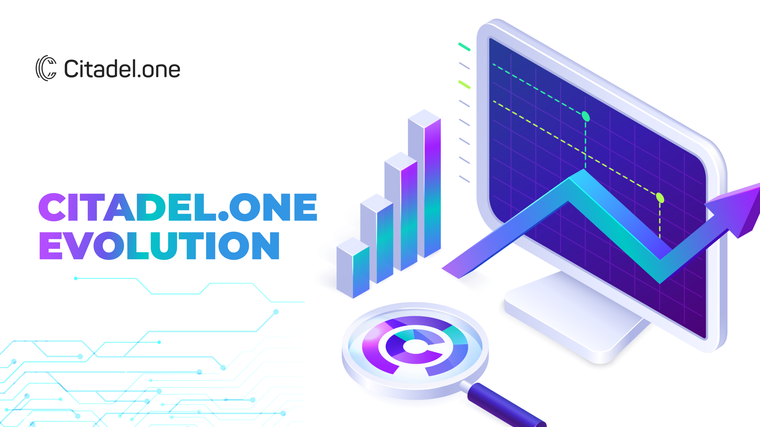
We are extremely happy to celebrate this day together with our users. We've prepared many cool incentives for this week, so go ahead and check our Twitter!
In this article, we decided to dive back into the days of the Citadel.one Inception and walk the path of the project's evolution. During this year Citadel.one platform as well as the landing page, nodes' infrastructure, and the team have undergone some significant yet advantageous changes. Let's go!
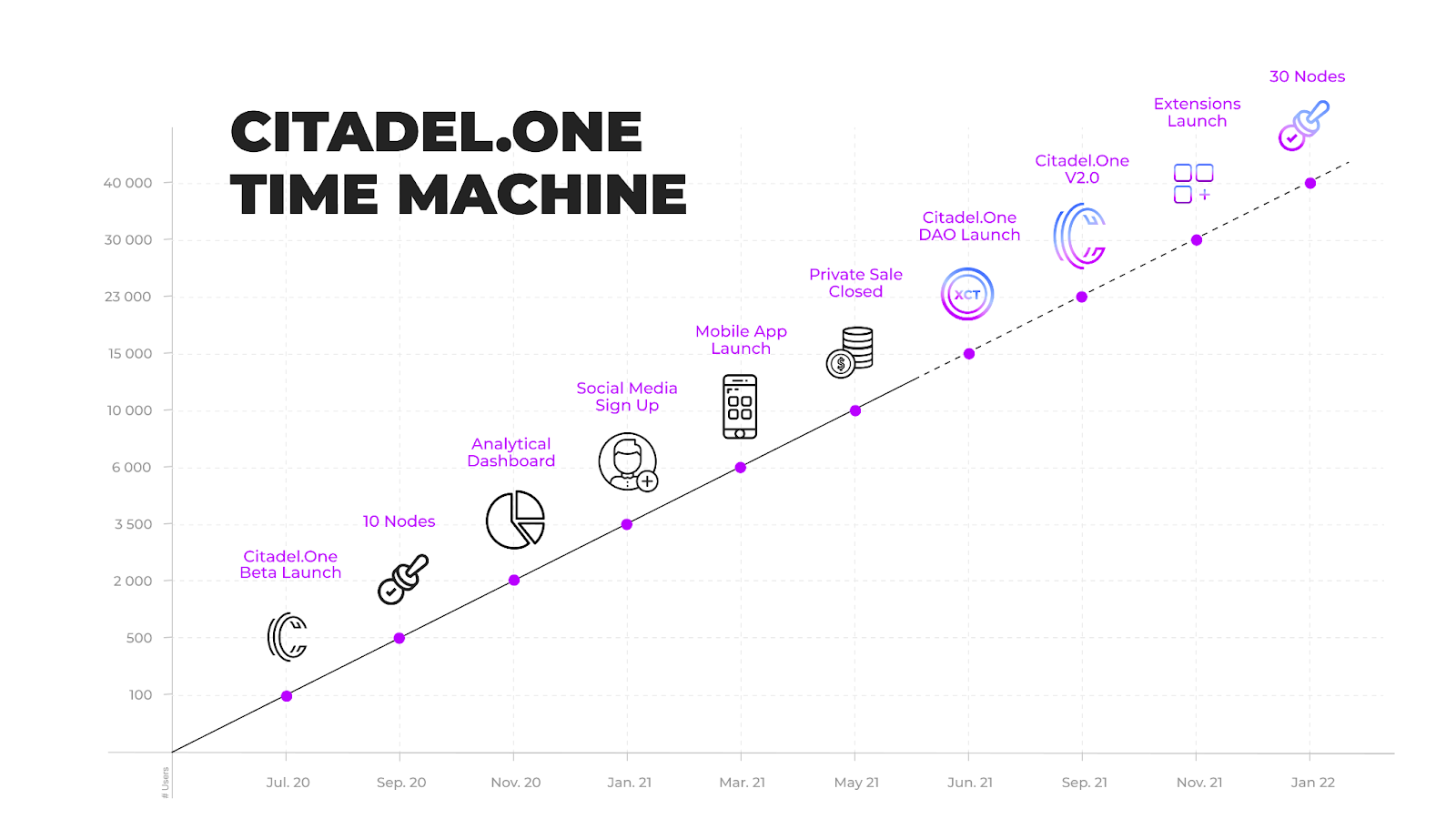
Citadel.one Time Machine
Citadel.one Platform and Validator Service Timeline
It all began in November 2018, when the idea was born and the first lines of code were written. The main idea was to create a unified interface for PoS networks and provide users with an easy crypto onboarding experience.
The earliest version of Citadel.one Platform went live in September 2019. It looked like this and served as a simple and easy-to-use staking interface:

The first version of Citadel.one
The first node that went up was the Tezos Baker node in August 2018. We've joined the Tezos community and became active ecosystem member. Below you can see a photo of Citadel.one CTO - Gregory Shabalov giving a speech "Synopsis of Tezos Protocol Updates" at the Tezos Meetup in Moscow.
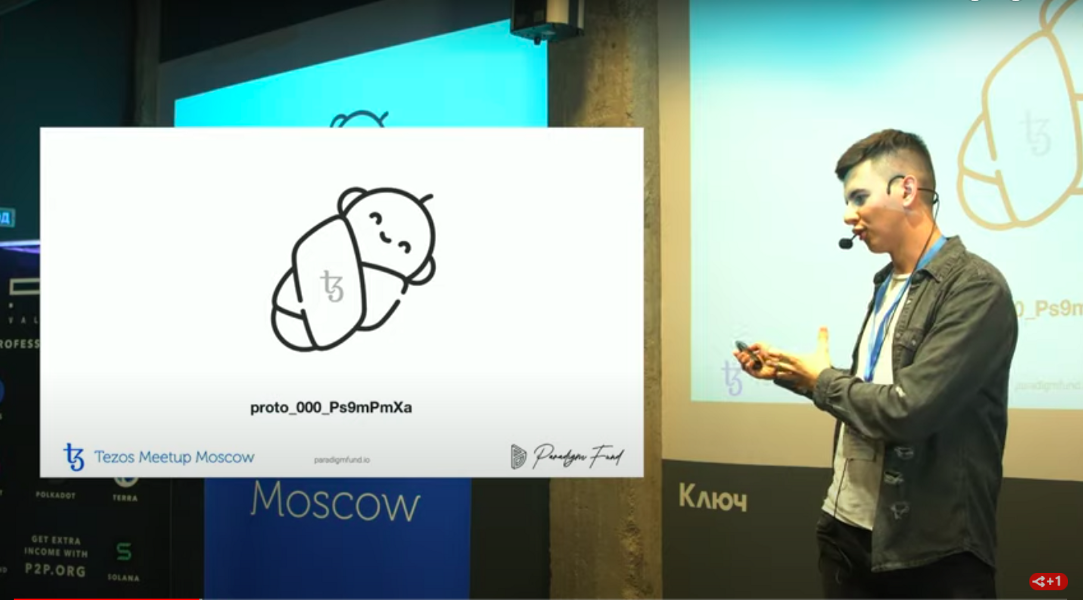
Tezos Meetup MoscowIn May 2020 Citadel.one Mini Validator Universe already counted 5 nodes that were up and running: Tezos, ICON, IOST, Wanchain and Orbs.
In the photo below is a meetup of Citadel.one, Paradigm Fund and Orbs Foundation in Israel in April 2019. As a result of the meetup, teams entered into cooperation and agreed to set Validator Node in Orbs Network and integrate Orbs staking into the platform.

From right to left: Andrei Dulkin (Orbs), Alex Falko (Citadel.one), Victor Smirnov (Paradigm), Tal Kol (Orbs), David Kavazi (Paradigm), Rina Shtedle (Citadel.one), Sasha Shilina (Paradigm)
By the moment of Citadel.one beta launch on July 13th, 2020 users could already create Citadel One-seed wallet for Tezos, IOST, ORBS, Bitcoin, USDT, and Ethereum.
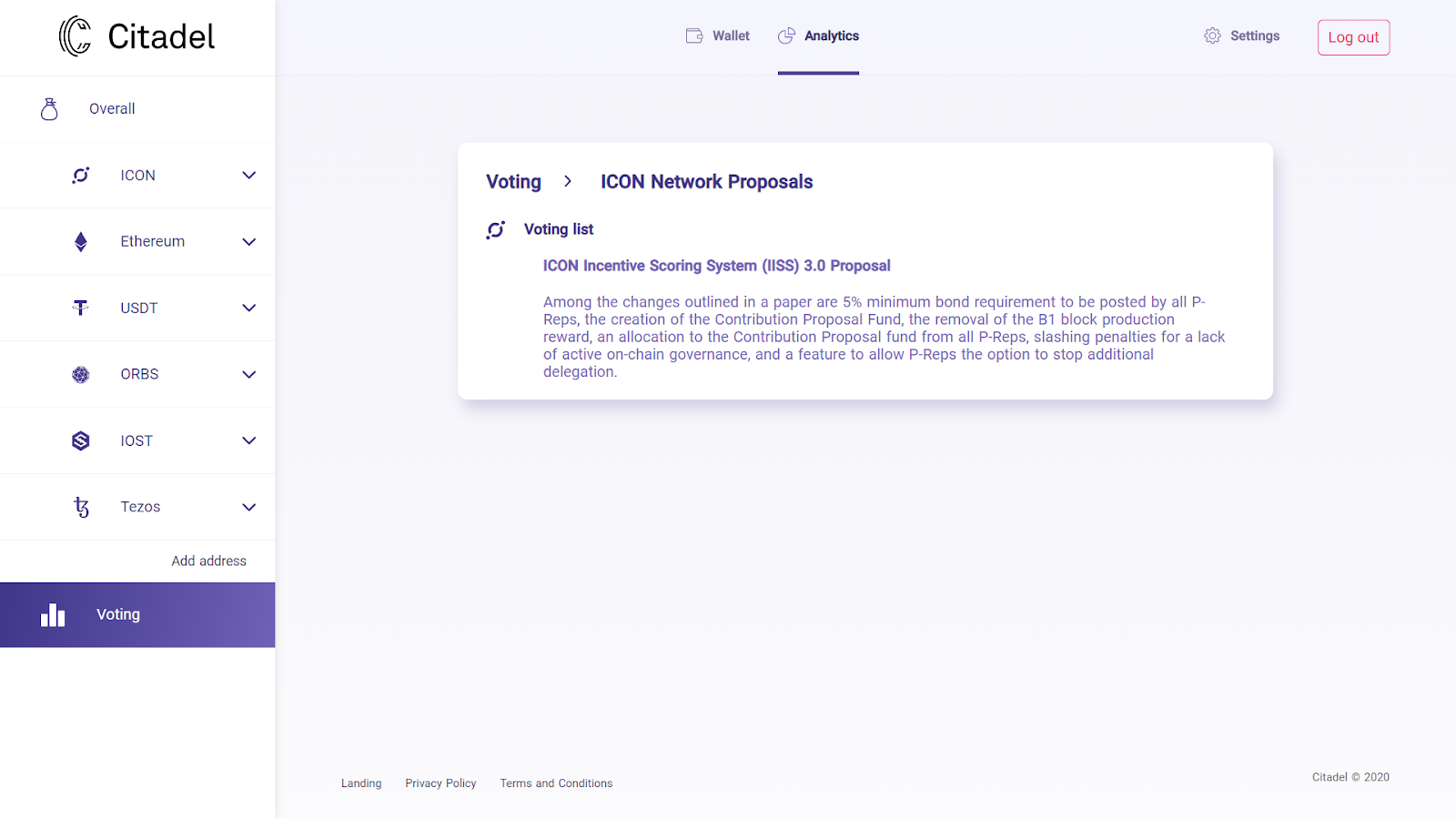
Citadel.one Beta
Citadel.one landing page also looked very different back in the days. Our main symbol was an origami paper dove. It's gone now, maybe for the best.

Old landing page with paper dove
An important milestone was reached in September 2020 when we integrated the Cosmos Network. The Tendermint era has started for Citadel.one, we got many new active users and supporters.
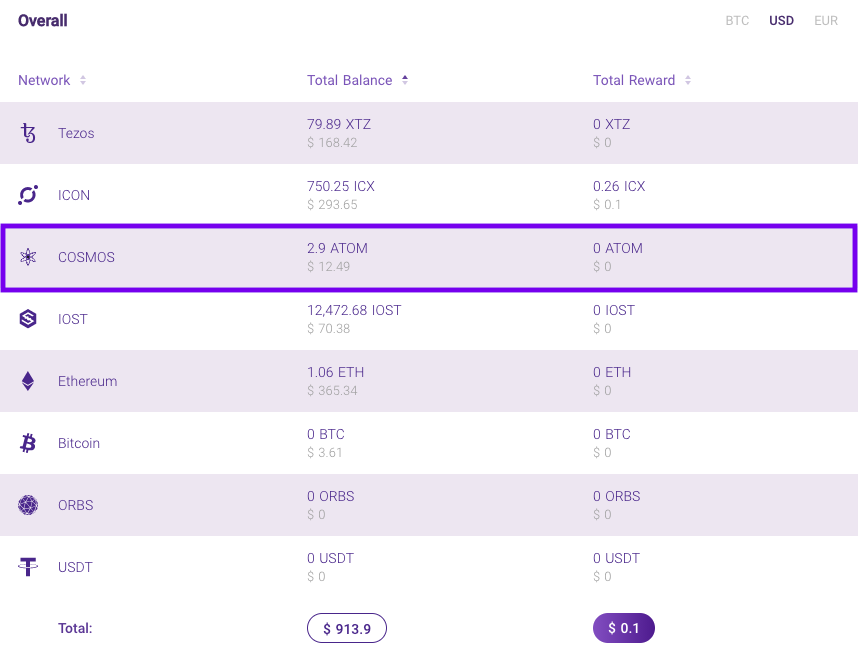
Cosmos (ATOM) finally integrated into Citadel.one
Then our team started working on other Tendermint chains, so Band Protocol and Secret Network followed this integration.
As previously mentioned, the paper dove left Citadel.one, as the landing page was updated in December 2020. Users got a chance to learn more about Citadel.one team, see future plans and get acquainted with the concept of Citadel.one DAO.
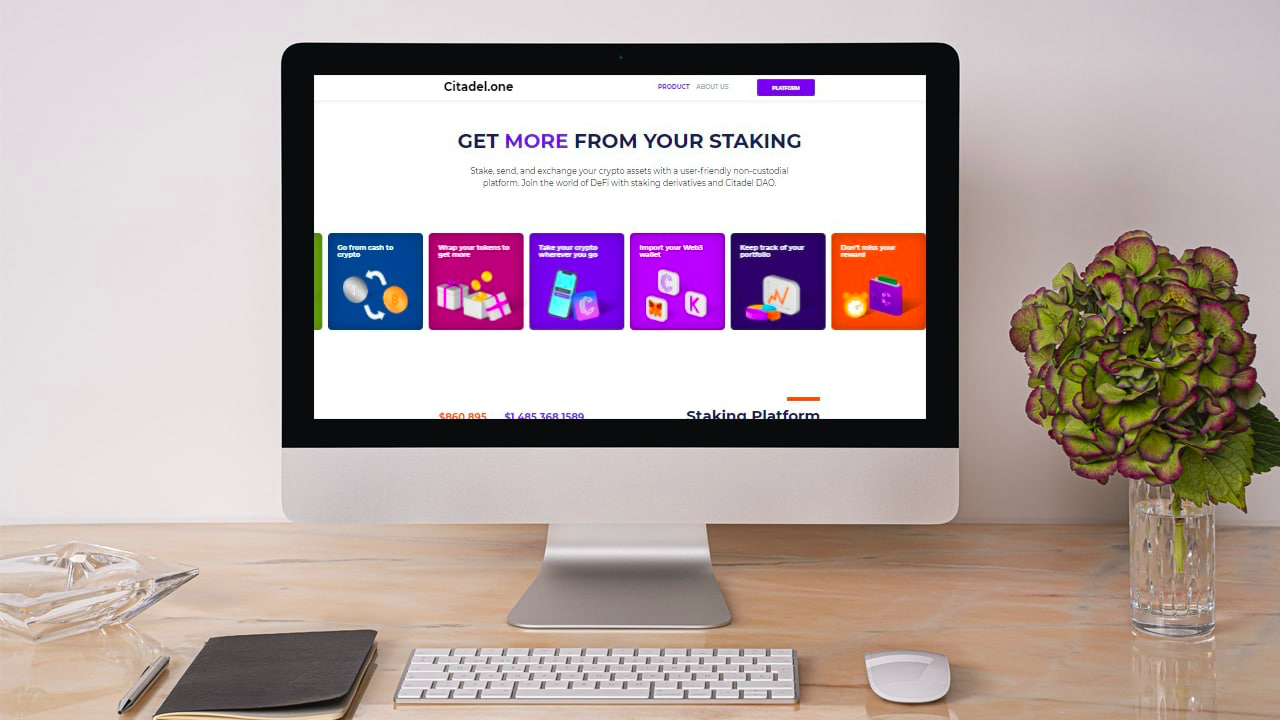
New landing page
Citadel.one Mobile App launched in April 2021 and was followed by an enormous user growth from ~6,000 users in March to almost 10,000 users in May. At launch, it was already available on iOS and Android and supported almost all functionality from the Web Platform.
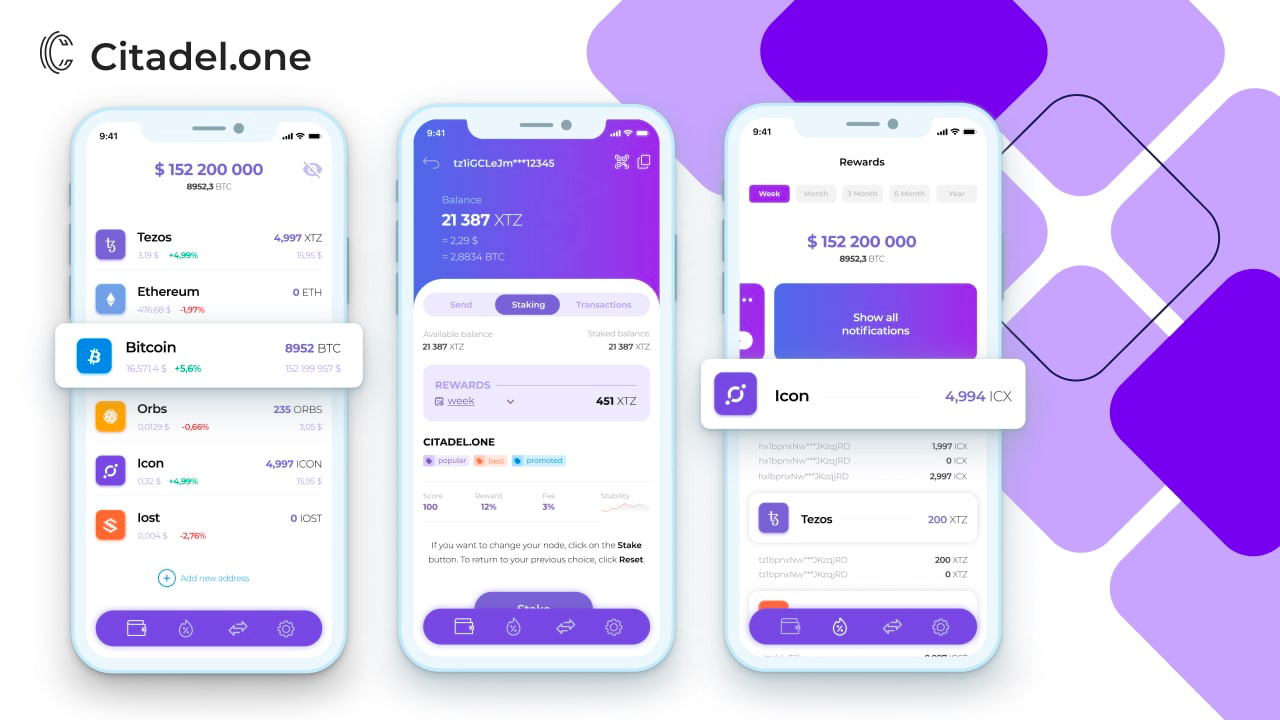
Citadel.one Mobile App now
In May 2021 Citadel.one presented it's latest development - Secret Ethereum Bridge - as part of the work on the Secret Community Funding. Users got a chance to bridge their ERC-20 tokens to Secret Network and enjoy privacy features.
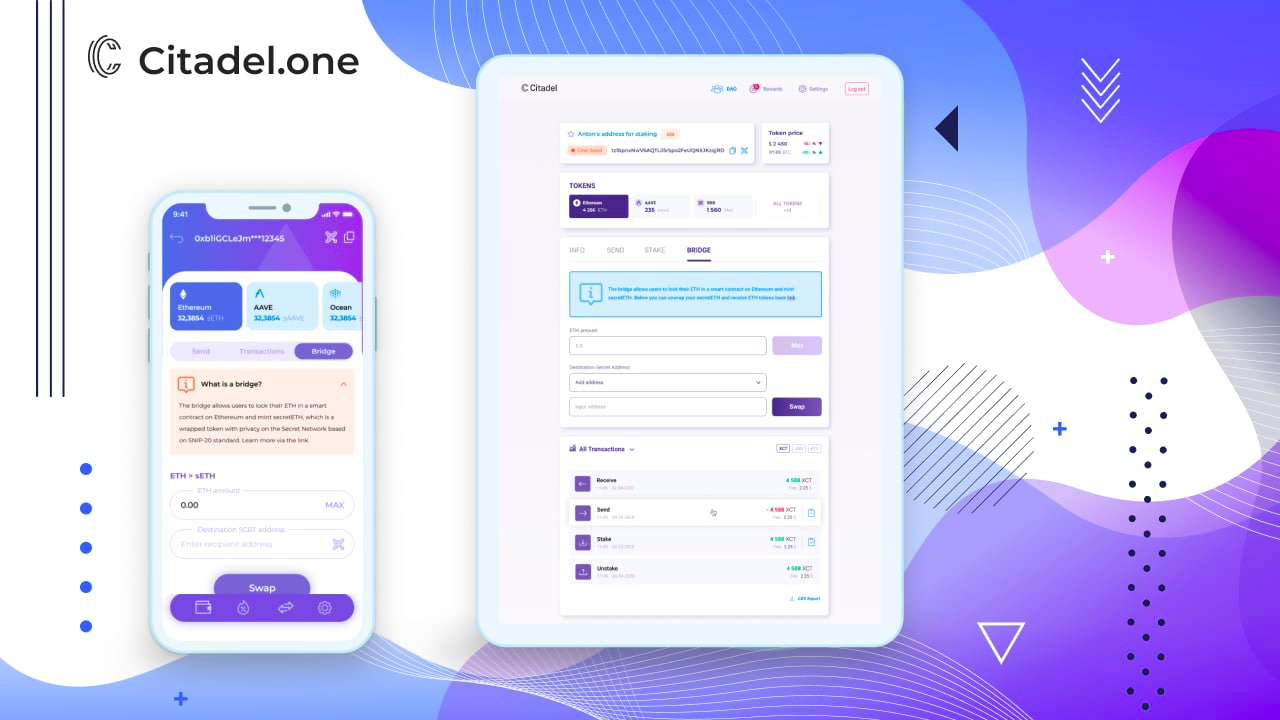
Secret-Ethereum Bridge
1 year past Citadel.one can boast more functionality and integrated networks. Users can now connect their hardware wallets, sign up with their favorite social media, receive rewards notifications and digests and stake more tokens like ICON, ATOM, BAND, SCRT and KAVA. Citadel.one Validator Universe also grew bigger, it counts 24 Nodes in Mainnet and testnet alike now.

Citadel.one now
Citadel.one - Crypto Super App
As you could guess, we are not planning to stop delivering. We've got Grand plans for the future to become an all-encompassing Crypto Super App. What's behind a Crypto Super App? We've got this formula:
You can read more about Citadel.one Super App in the article prepared by BSC News.
On a path to becoming a Super App we are planning to reach 3 important milestones: transform into a DAO and launch $XCT token, introduce Citadel.one v2.0 and launch first extensions!
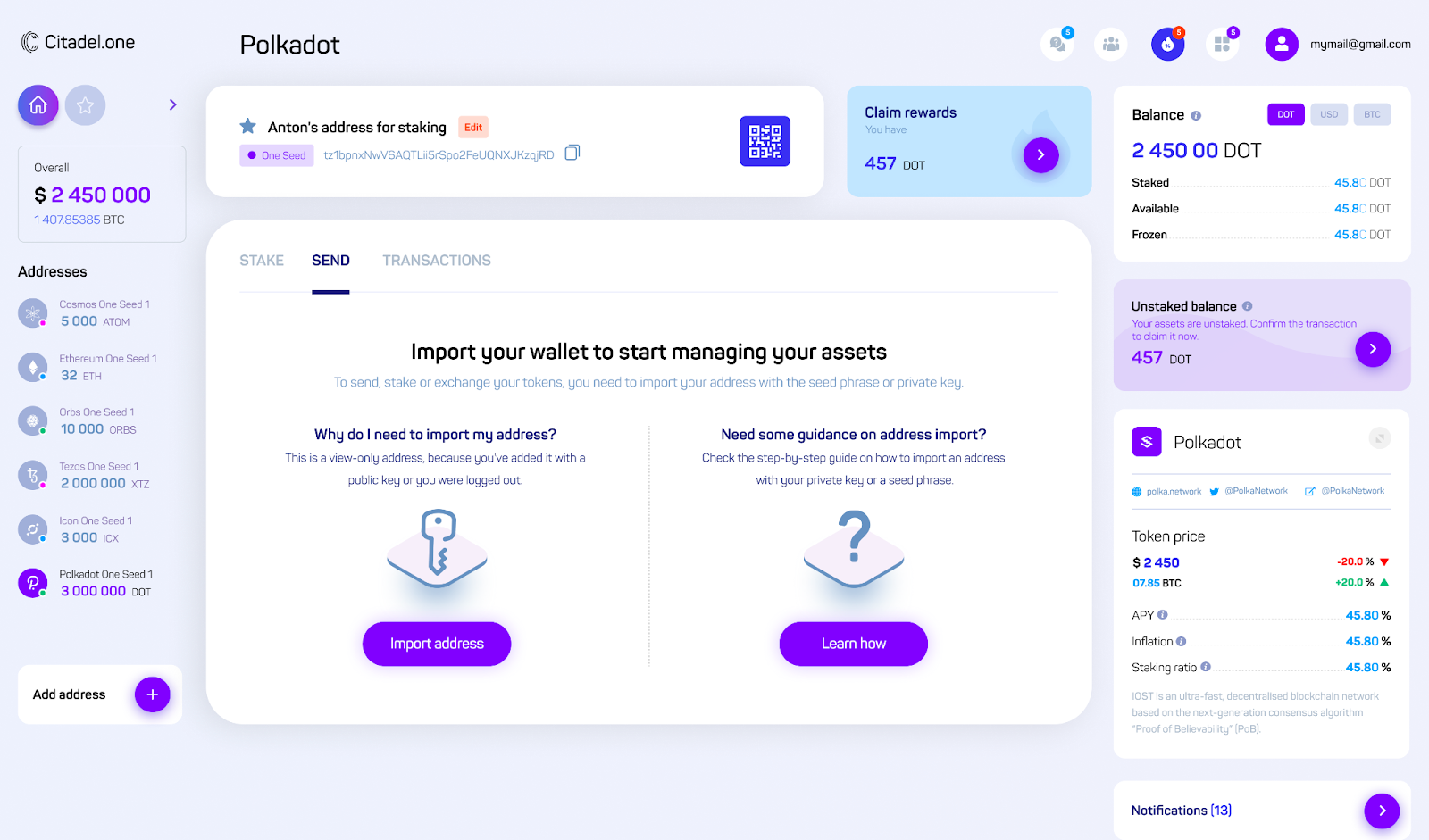
Citadel.one v2.0 Web Platform
Mobile App will be upgraded to the new version, too. Right now users can enjoy a simple yet convenient and unified interface. However, Mobile App v2.0 will introduce a new level of experience and enhanced functionality.

Citadel.one v2.0 Mobile App
About Citadel.one
Citadel.one is a non-custodial Proof-of-Stake Web and Mobile Platform for the management and storage of crypto assets. Users can create public addresses for all supported networks with one seed phrase, connect their Ledger or Trezor device, or import an address generated by another wallet.
The analytical dashboard provides relevant information on wallets' balances and networks' main metrics. In Citadel.one, we standardize the semantics, making interactions with the platform as easy as possible. The same goes for network metrics. By using universal terms, we are making it easier for users to understand and compare networks.
One of the main functions of the Citadel.one platform is participation in the PoS consensus - users can stake and delegate their assets, claim rewards, and follow the latest network proposals in the voting tab.
Citadel.one offers its users instant cryptocurrency exchange services that allow fast and secure crypto assets swap. It is also possible to buy and sell crypto with a credit or debit card. Citadel.one users can track rewards, withdrawals, transfers, and deposits across all supported networks and add comments to these transactions.
Among PoS platforms, Citadel.one supports BAND network($BAND) Secret Network ($SCRT + SNIP-20 tokens), Cosmos ($ATOM), ICON ($ICX), IOST, and Tezos ($XTZ) and KAVA. We also support Ethereum and ERC-20 tokens, BNB and BEP-20 tokens and Bitcoin for our users' convenience.
Learn More About Citadel.one
 Website
Website Telegram
Telegram Twitter
Twitter Facebook
Facebook  Reddit
Reddit Instagram
Instagram
 LinkedIn
LinkedIn Youtube
Youtube GitHub
GitHub  Weibo
Weibo
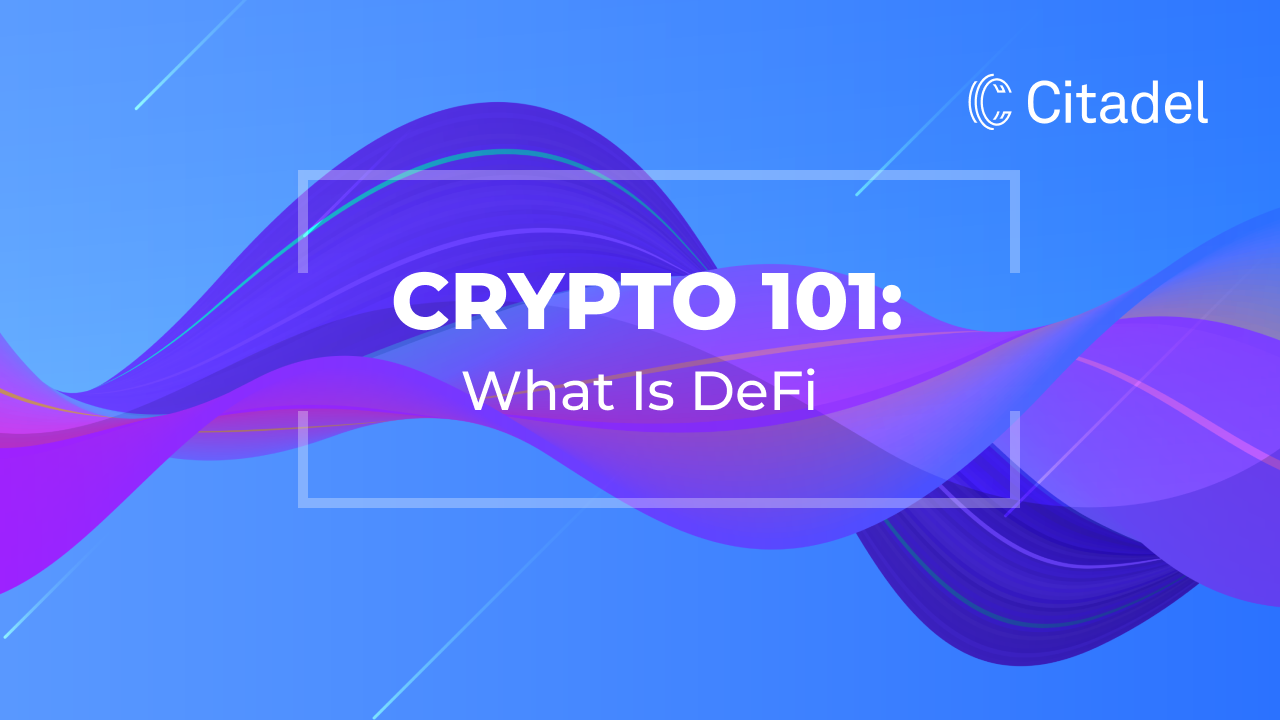
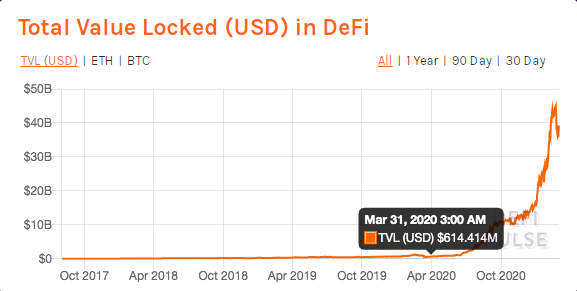
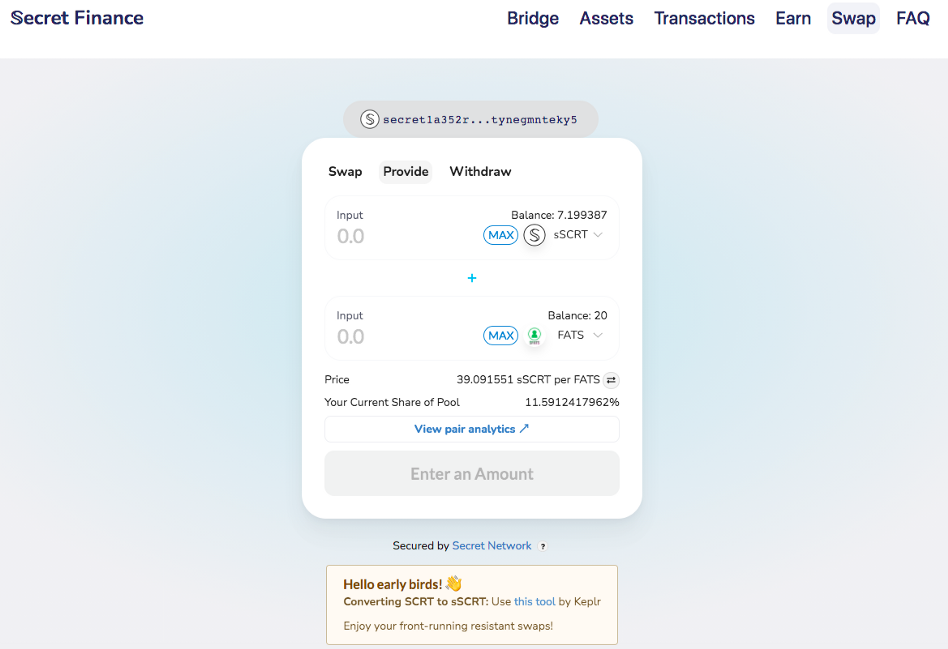
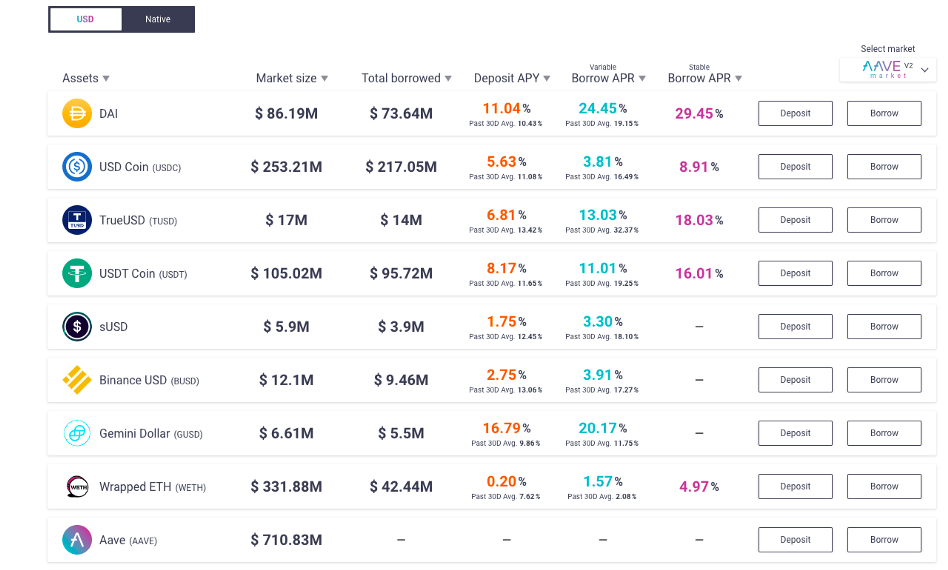
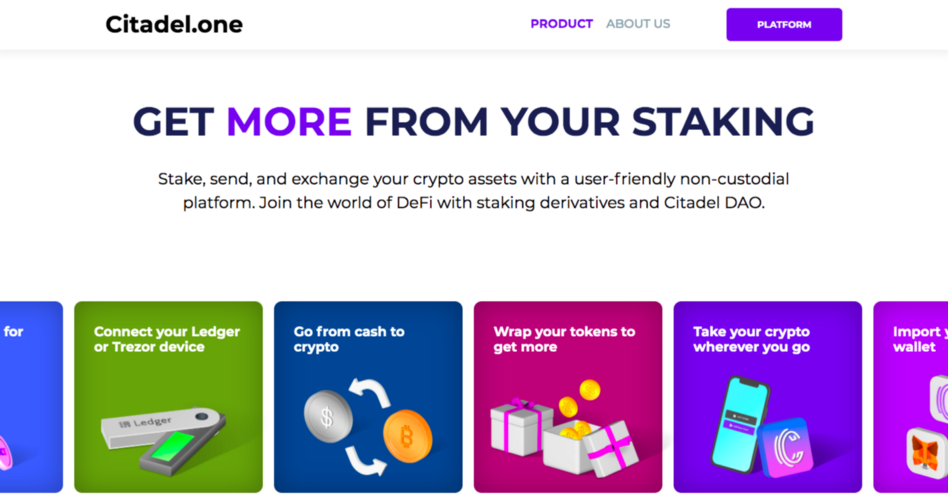
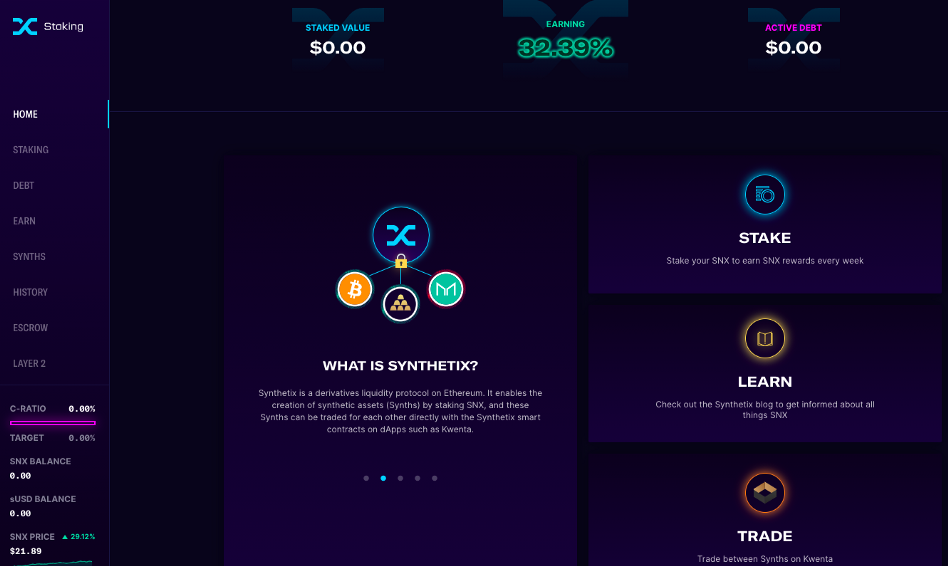

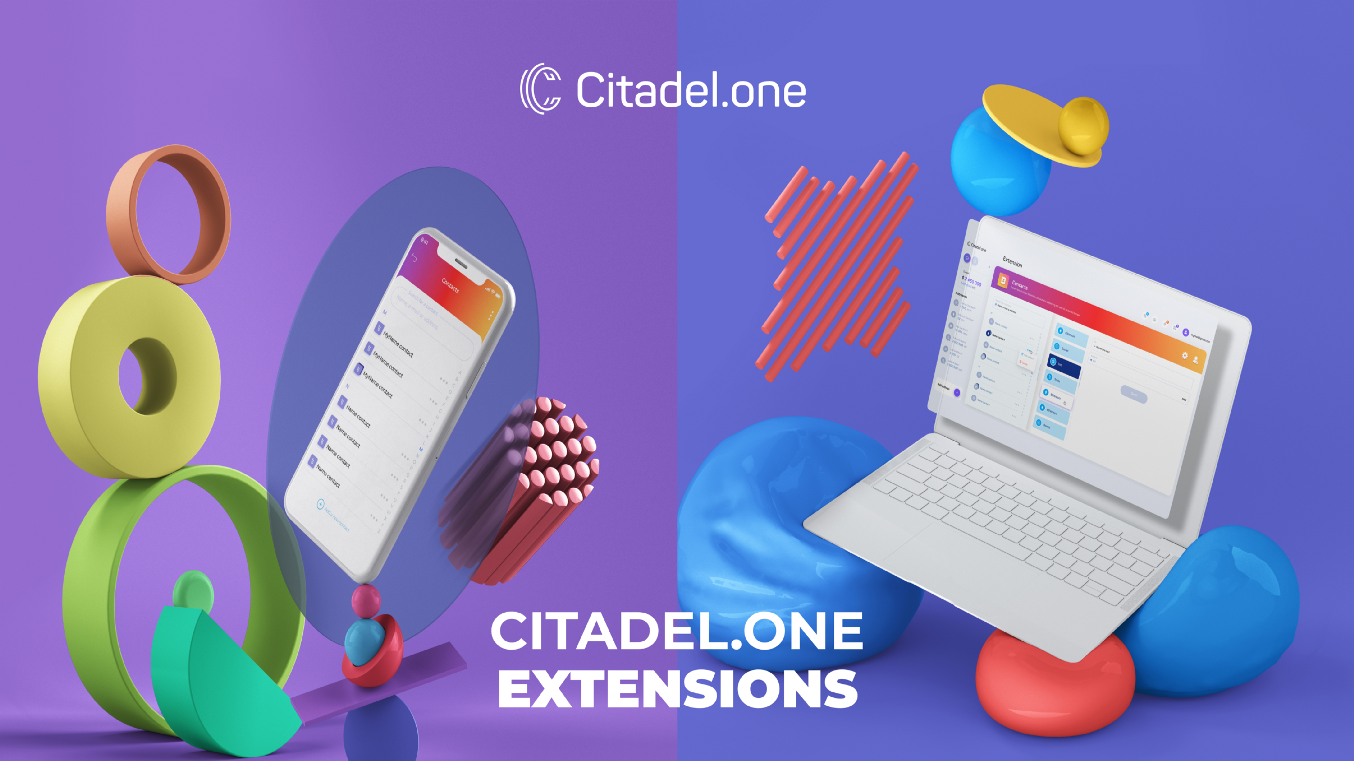
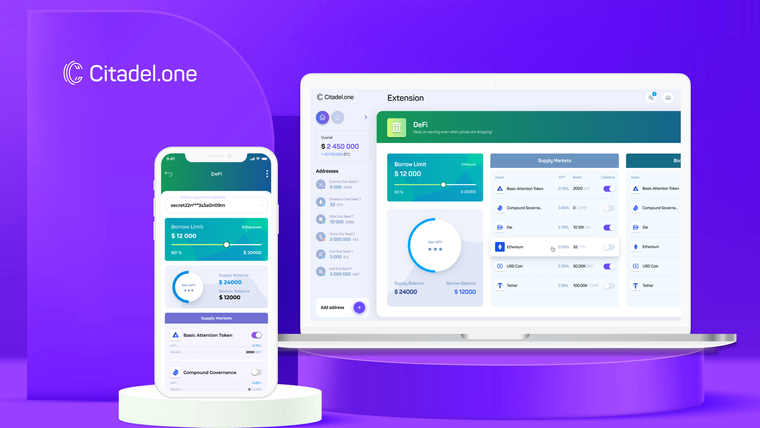
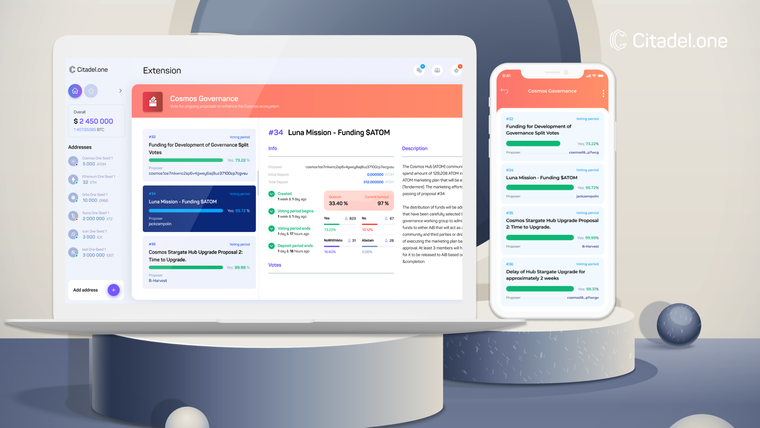
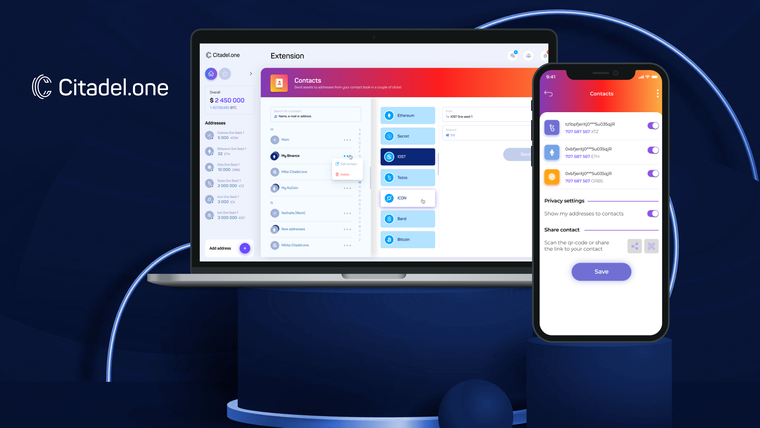
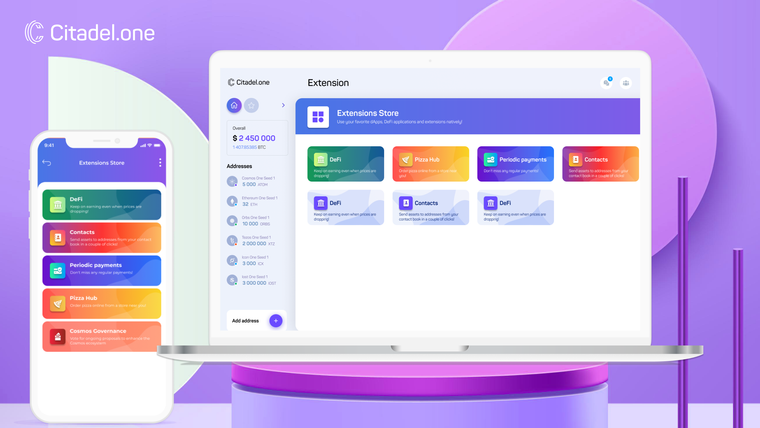
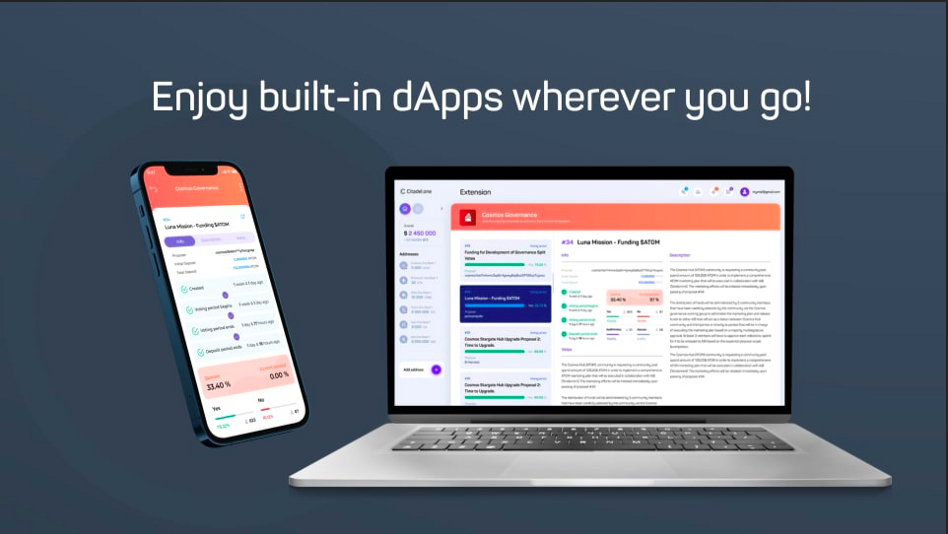
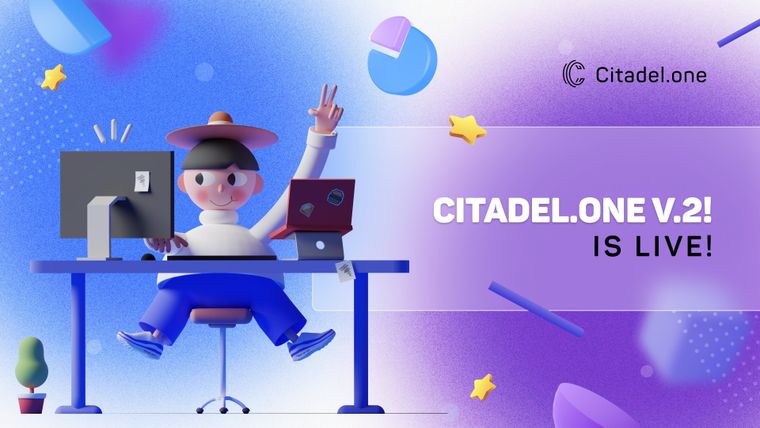














 Website
Website